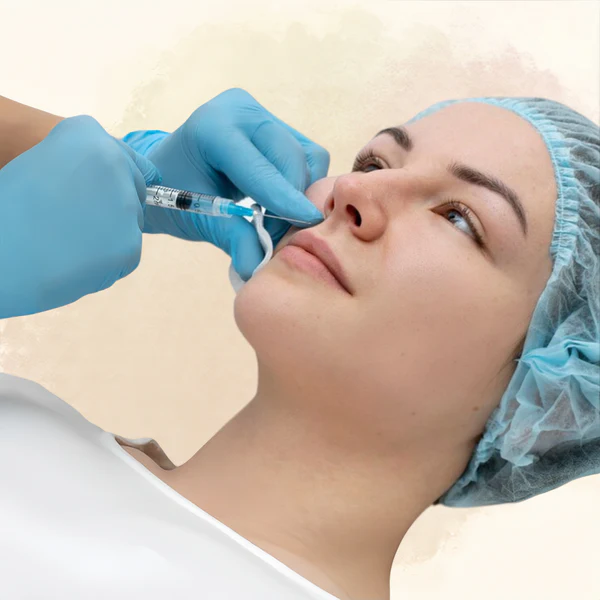Who Needs Emergency Tooth Extraction?
- Huda Batool
- Feb 7
- 4 min read
Dental emergencies can be sudden and painful, requiring immediate attention. One of the most urgent dental situations is the need for an emergency tooth extraction. While dentists aim to save natural tooth extraction cost, certain conditions make extraction necessary to prevent further complications. Understanding when and why emergency tooth extraction is needed can help individuals take prompt action and maintain their oral health.
What is Emergency Tooth Extraction?
Emergency tooth extraction is the immediate removal of a tooth due to severe pain, infection, or damage. Unlike planned extractions, which are scheduled in advance, emergency extractions are performed urgently to alleviate pain, stop infections from spreading, and protect the surrounding teeth and tissues.

Signs You May Need an Emergency Tooth Extraction
Certain symptoms indicate that a tooth may need to be extracted without delay. Some of these include:
Severe and Persistent Tooth Pain: If a toothache does not subside with pain relievers or home remedies, it may be a sign of an advanced infection or decay that has reached the tooth’s nerve.
Swelling in the Gums or Face: Inflammation, especially if accompanied by pus or a foul taste, could indicate an abscessed tooth that requires extraction to prevent the infection from spreading.
Trauma or Injury: A broken or severely cracked tooth from an accident, sports injury, or fall may be beyond repair and necessitate immediate removal.
Extensive Decay: When a cavity becomes too large for a filling, crown, or root canal, extraction might be the only option to prevent further deterioration.
Loose Tooth Due to Gum Disease: Advanced periodontal disease can weaken the tissues and bone supporting the teeth, making some teeth loose and non-functional.
Impacted Wisdom Teeth with Pain: Wisdom teeth that are stuck in the gums or growing at an incorrect angle can cause significant discomfort and infection, requiring emergency extraction.
Common Causes Leading to Emergency Tooth Extraction
Several factors contribute to the urgent need for a tooth extraction. These include:
1. Severe Tooth Decay
Tooth decay occurs when bacteria in the mouth produce acids that erode enamel. If untreated, decay can progress to the tooth pulp, causing intense pain and infection. In cases where root canal treatment is not an option, extraction becomes necessary to prevent further damage.
2. Dental Abscess
A dental abscess is a pus-filled pocket caused by a bacterial infection. It can develop in different parts of the tooth or gums and, if left untreated, may lead to serious complications such as facial swelling or systemic infections. When an abscess cannot be drained or treated with antibiotics, extraction is often required.
3. Trauma and Accidents
Physical trauma from accidents, falls, or sports injuries can result in fractured or dislodged teeth. If a tooth is broken beyond repair or if the roots are damaged, immediate extraction might be necessary to avoid further oral health problems.
4. Gum Disease (Periodontitis)
Advanced gum disease can cause severe damage to the bone and tissues supporting the teeth, leading to loose or shifting teeth. When teeth lose their structural support, extraction may be the only way to prevent the disease from affecting adjacent teeth.
5. Impacted Wisdom Teeth
Wisdom teeth often become impacted due to lack of space in the mouth. When they fail to erupt properly, they can lead to pain, infections, and misalignment of surrounding teeth. In such cases, an emergency extraction may be required to prevent further complications.
The Extraction Procedure
The process of an emergency tooth extraction typically follows these steps:
Examination and Diagnosis: The dentist will examine the affected tooth and take X-rays to assess the severity of the problem.
Anesthesia Administration: Local anesthesia is usually given to numb the area, ensuring a painless extraction.
Tooth Removal: The dentist will carefully remove the tooth using specialized tools. In cases where the tooth is impacted or broken, minor surgical procedures may be required.
Aftercare Instructions: Proper care is essential for healing after extraction. Patients are advised to avoid strenuous activities, maintain oral hygiene, and follow prescribed medications to prevent infections.
Recovery and Aftercare
Recovery from a tooth extraction cost in Dubai depends on the complexity of the procedure and overall oral health. Some key aftercare tips include:
Rest and Avoid Strenuous Activities: Give your body time to heal by avoiding heavy lifting or intense physical activities for at least 24 hours.
Manage Pain and Swelling: Use prescribed pain relievers and apply an ice pack to the affected area to reduce swelling.
Stick to Soft Foods: Eating soft foods like yogurt, mashed potatoes, and soups can prevent irritation at the extraction site.
Avoid Smoking and Alcohol: These can delay healing and increase the risk of complications.
Maintain Oral Hygiene: Gently rinse with salt water to keep the area clean and avoid infections.
Conclusion
Emergency tooth extraction is a crucial dental procedure that prevents further complications from infections, injuries, and severe decay. Recognizing the signs of a dental emergency and seeking immediate care can help preserve overall oral health and prevent more serious health concerns. If you experience persistent pain, swelling, or a broken tooth, seeking prompt dental attention can provide relief and prevent further damage.








Comments